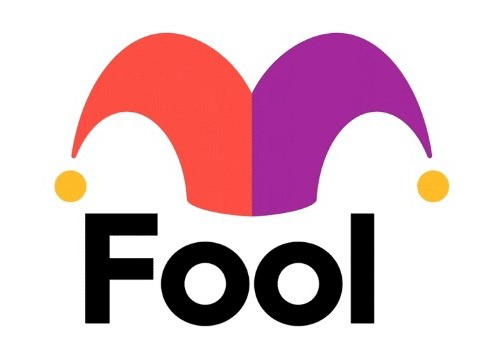The Investment Company Institute estimates that more than 42% of U.S. households had individual retirement accounts (IRAs) in 2023. As Americans get older, they begin to pull out funds from their retirement accounts to replace the recurring income they had from their jobs.
The Internal Revenue Service (IRS) also requires retirees to pull out funds from their traditional IRAs once they reach a certain age, an this can have tax consequences. However, if you have a traditional IRA, you may qualify for a large $105,000 transfer to a charity tax-free, which might help you in other areas of your taxes. Let me explain.
What is an IRA and how is it taxed?
Two main vehicles can help individuals save for retirement outside of employer-sponsored plans: traditional IRAs and Roth IRAs. The latter allows people to contribute after-tax earnings that grow tax-free and can ultimately be withdrawn tax-free pending certain conditions. Income limits for Roth IRAs in 2024 are a modified adjusted gross income of $146,000 for single filers and $230,000 for joint filers.
Individuals contribute to traditional IRAs with pre-tax earnings. These contributions are typically tax-deductible, but gains in a traditional IRA are taxed upon withdrawal. Contribution limits for traditional IRAs and Roth IRAs are $7,000 for 2024 or $8,000 if you’re over 50.
Traditional IRAs also have required minimum distributions (RMDs). The IRS requires retirees to make RMDs when they turn 73, based on a few factors including age and life expectancy. Most people calculate their RMDs by taking their IRA balance (as of Dec. 31 of the previous year) and dividing it by the IRS’ stipulated “life expectancy factor.” This number is 26.5 for 73-year-olds. For example, if you had $500,000 in your IRA, your RMD at age 73 would be roughly $18,868 ($500,000/26.5).
RMDs can have some tricky consequences that retirees should be aware of. They can push you into a higher tax bracket, lead to higher Social Security taxes, or increase your Medicare premiums. The good news is there are ways you may be able to counter these unintended consequences.

Image source: Getty Images.
Make a charitable donation
Individuals at least 70 1/2 years old can make qualified charitable distributions (QCD) of up to $105,000 per year or $210,000 for married couples. This can be one lump sum or several contributions to several charities yearly.
The tax code lists which types of charities are eligible for QCDs, but know that donor-advised fund sponsors, private foundations, and supporting organizations don’t qualify. Additionally, QCDs can’t benefit the donor, so retirees can’t use these to purchase something in a charity auction or tickets to a charity sporting event or concert. QCDS must go directly from the IRA account to the charity.
QCDs can be effective because they can help retirees avoid being pushed into a higher tax bracket by RMDs or trigger phaseouts, which can reduce tax deductions or credits. Retirees can also use QCDs to lower their IRA balances and, therefore, future RMDs.
They may also be useful if you simply want to make a large charitable gift. That’s because a normal charitable deduction typically ranges from 20% to 60% of a person’s adjusted gross income depending on the type of gift and the entity receiving it. QCDs have no such limitations and may therefore enable larger deductible charitable gifts.
However, QCDs have their limitations. For instance, while retirees can take QCDs exceeding their RMDs in a given year, the excess amount would not be carried over to the following year, like a capital loss. There may also be state tax implications from QCDs, so you may want to consult a financial advisor.
The $22,924 Social Security bonus most retirees completely overlook
If you’re like most Americans, you’re a few years (or more) behind on your retirement savings. But a handful of little-known “Social Security secrets” could help ensure a boost in your retirement income. For example: one easy trick could pay you as much as $22,924 more… each year! Once you learn how to maximize your Social Security benefits, we think you could retire confidently with the peace of mind we’re all after. Simply click here to discover how to learn more about these strategies.
View the “Social Security secrets” »
The Motley Fool has a disclosure policy.
 fool.com
fool.com marketbeat.com
marketbeat.com benzinga.com
benzinga.com



